Get to know the photo book "The Most Beautiful Trails of Patagonia"
Scuba diving on the Great Barrier Reef and Coral Sea, Australia
Ask 10 experienced divers about the best regions in the world for scuba diving and you will have 10 different lists, but surely the northeastern Australian coast will be in all of them. Note that I didn’t write “spot” but “regions” because it’s in Queensland that there is the world’s largest barrier reef, with an incredible 2,200 km (1,367 mi)!
The Great Barrier is in fact not a continuous reef, but a multitude of reefs that are not always connected, allowing navigation between them. Some are only 20 km (12 mi) from the coast, such as in Cairns region, the city with more options for those looking for a diving tour, but others are more than 200 km (124 mi) away in an area called Coral Sea.
To dive on the Great Barrier it’s possible to take a day-trip tour, but for diving on the Coral Sea you’ll have to put your hand in your pocket and book a live-aboard, usually a week long with six days of diving. If it’s worth it? For sure! In the Great Barrier the water is warm and clean, with 15 to 30 meters (50 to 100 feet) of visibility, usually. In the Coral Sea the water is also warm and the visibility can easily go beyond 50 meters (160 feet) and eventually reaching more than 100 meters (330 feet).
Both regions are full of life, there is no boring dive, but as the Coral Sea is more protected from mass tourism due to the distance, it’s easier to find large animals such as stingrays and sharks. Speaking of sharks, click here to see how it is a shark dive in the Coral Sea.
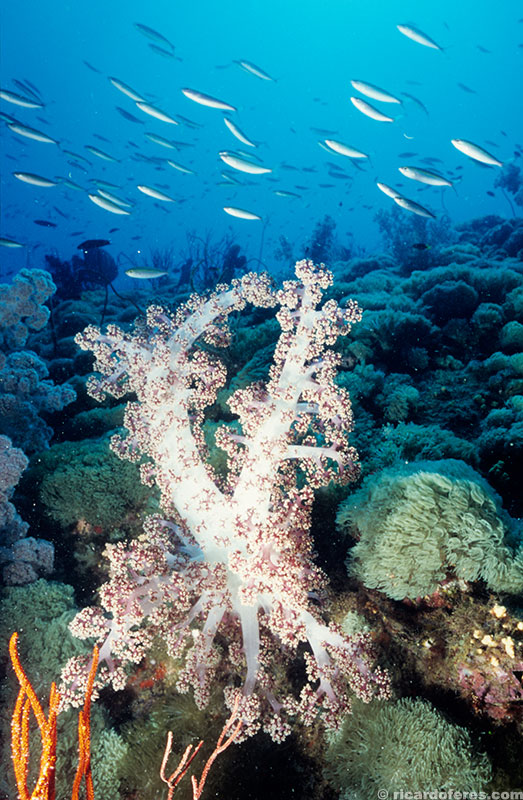
The Yongala shipwreck, which sank in 1911 because of a cyclone, is one of the most beautiful wrecks in the world. Today its structure is totally covered by corals, algae and sponges
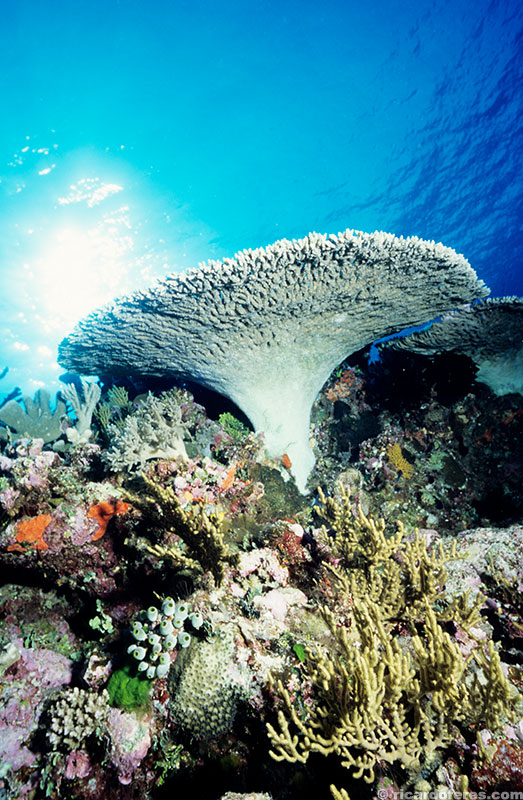
The warm crystal-clear water provides the perfect environment for coral growth
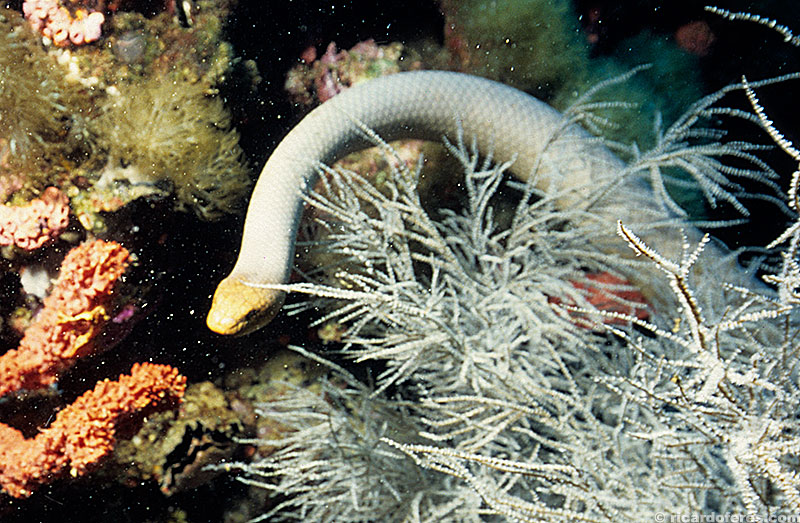
In Yongala it’s easy to find marine snakes, which, although being one of the most poisonous animals in the world, offers no danger for divers
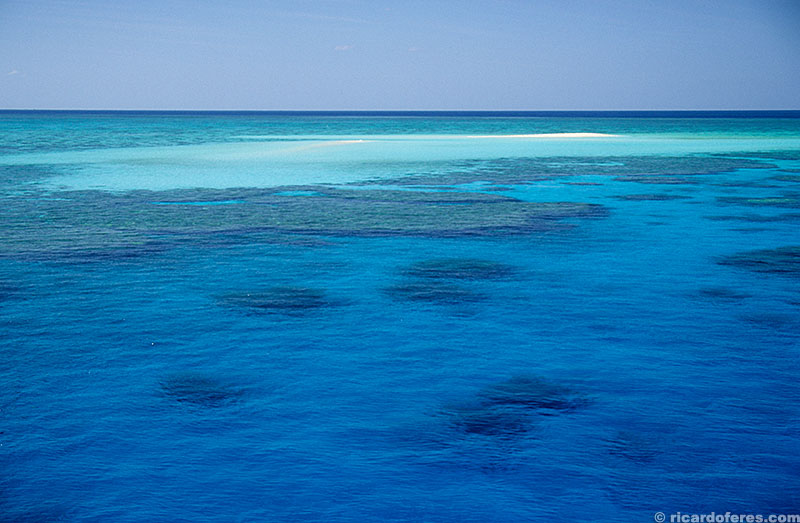
In the middle of the blue, more than 200 km (120 mi) off of the Australian coast, emerge reefs as Flinders
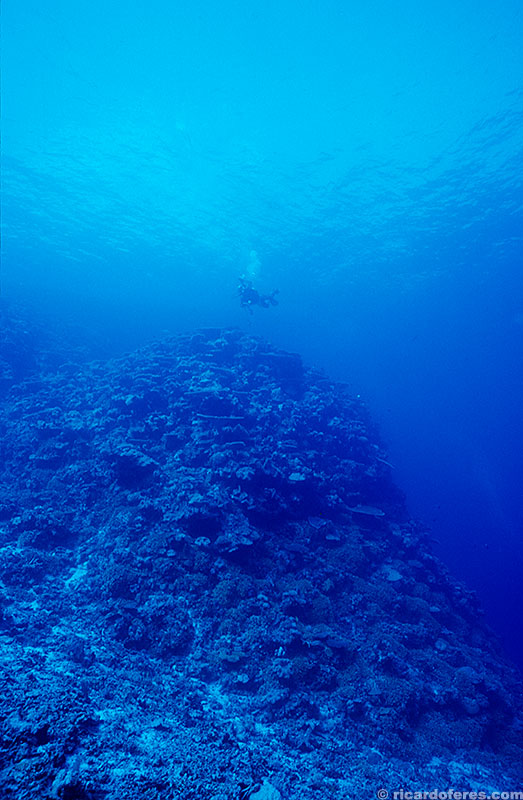
The visibility is impressive: this photo was made 40 meters (131 feet) deep
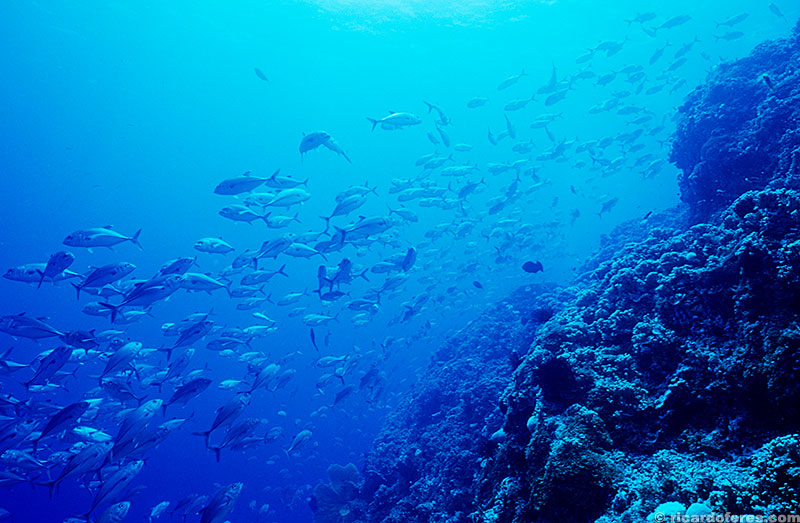
Many dives in the Coral Sea are made straight down to 40 meters (131 feet) and going up slowly, watching the spectacular marine life
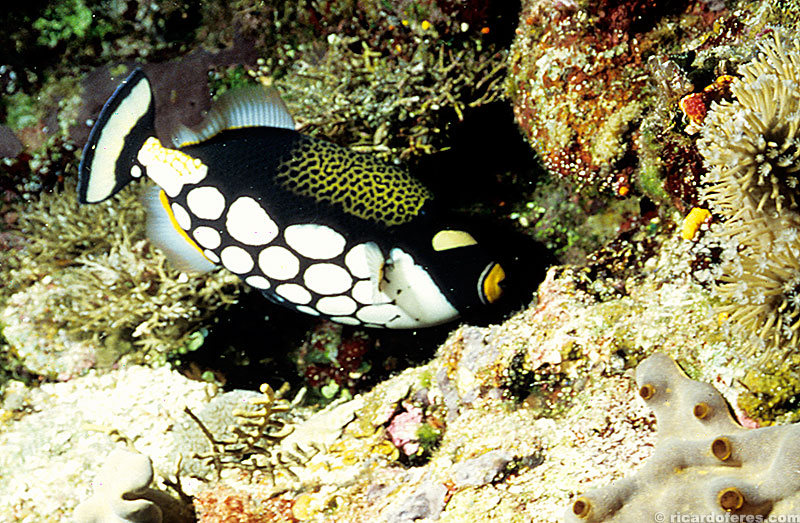
Clown triggerfish at Flinders Reef
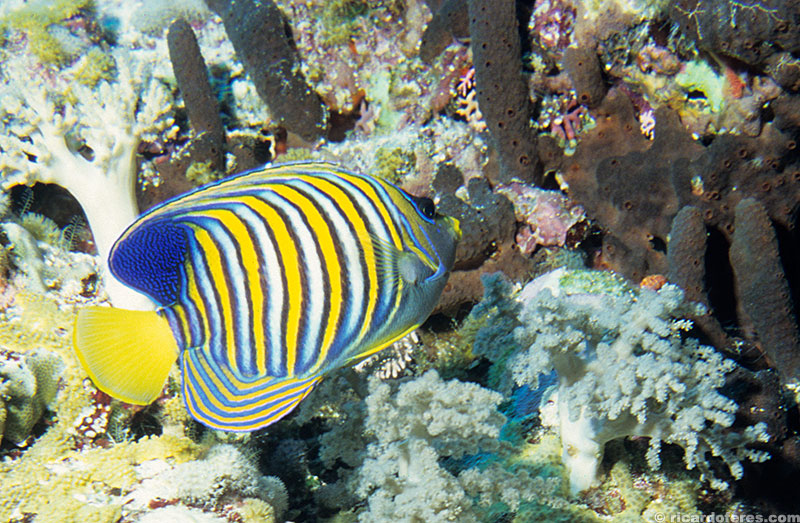
Emperor angelfish at Flinders Reef
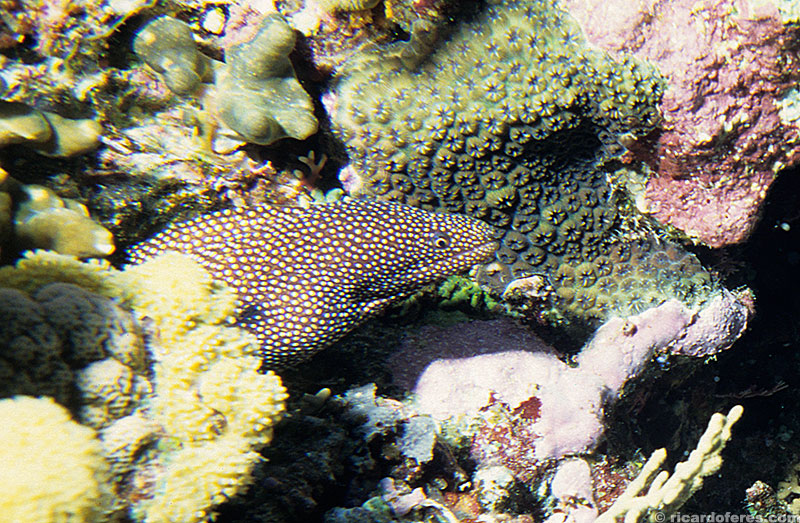
Moray eel at Flinders Reef
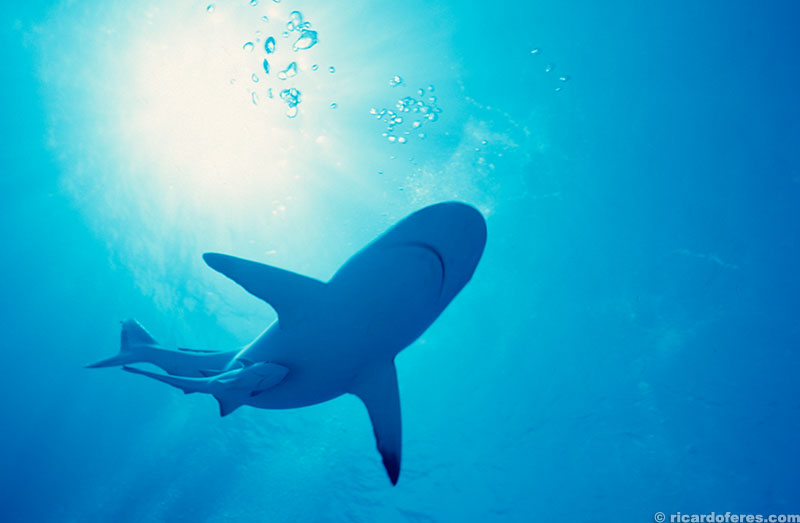
One of the best spots is called Shark Zoo, click here to see an article about this dive
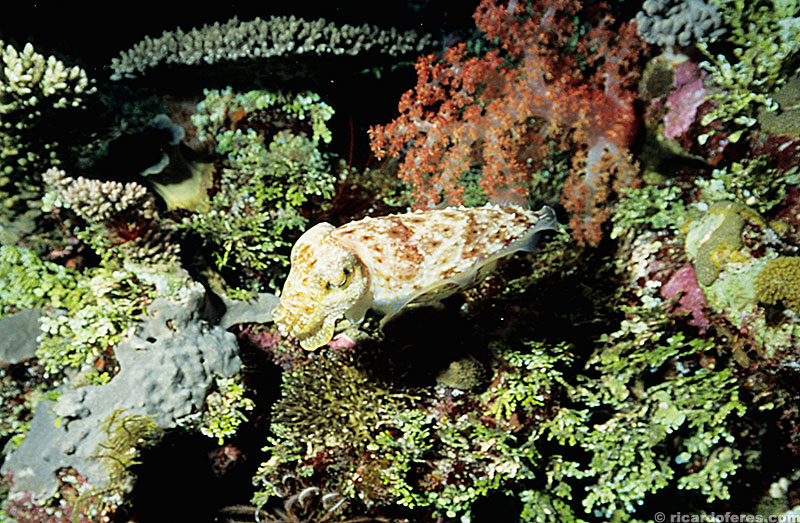
Cuttlefish in a night dive

Parrot fish in a night dive at Flinders Reef
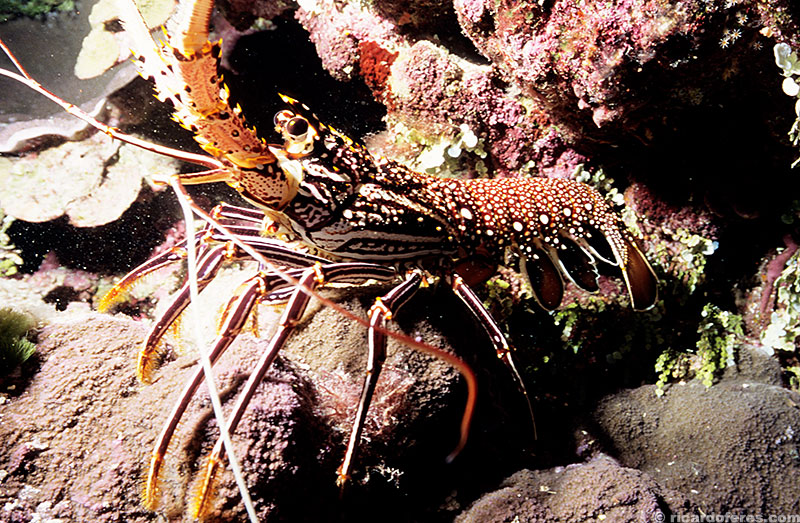
At night it’s easy to find lobsters
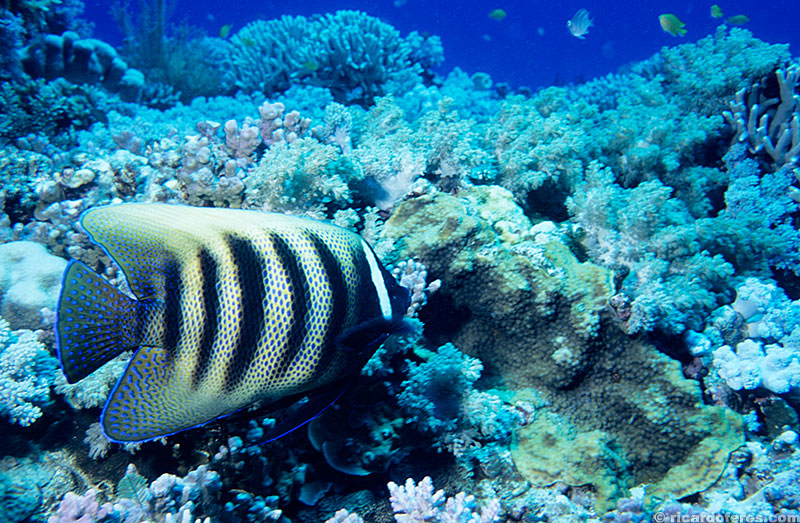
Wheeler Reef, on the Great Barrier, close to the Australian coast
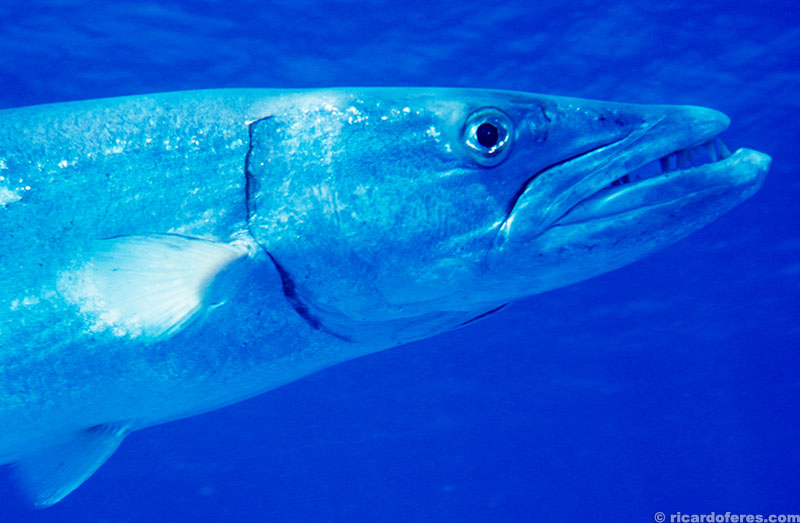
This is Elvis, a gigantic barracuda that lives in Wheeler Reef

Emperor angelfish at Myrmidon Reef
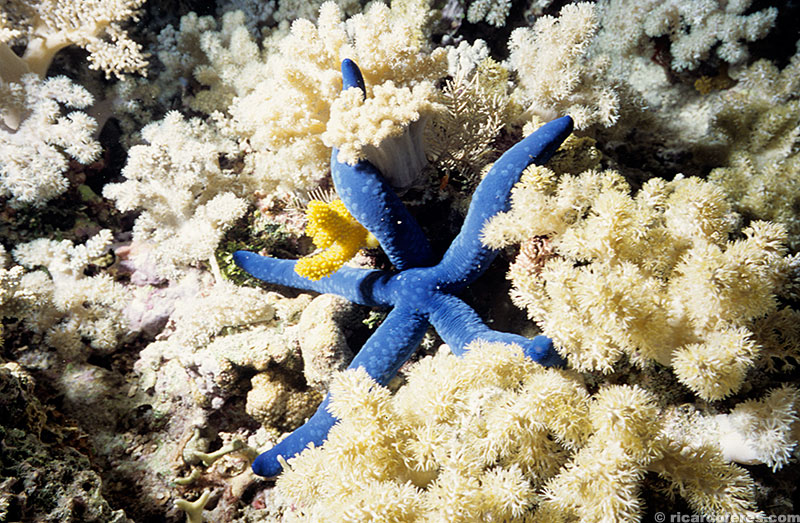
Seastar at Myrmidon Reef
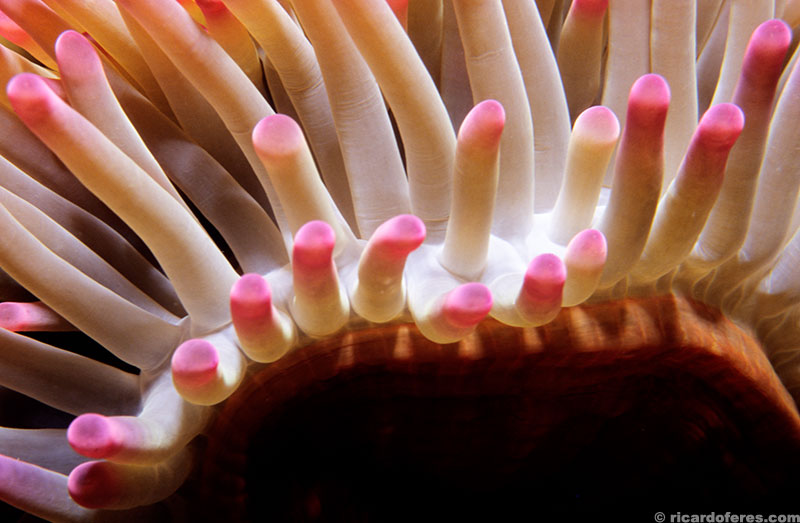
Macrophotography os an anemone at Myrmidon Reef
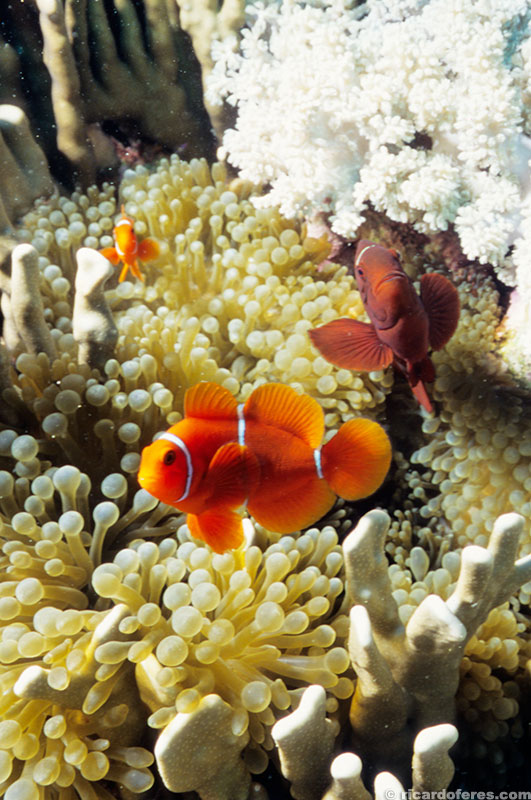
Clownfish on Wheeler Reef
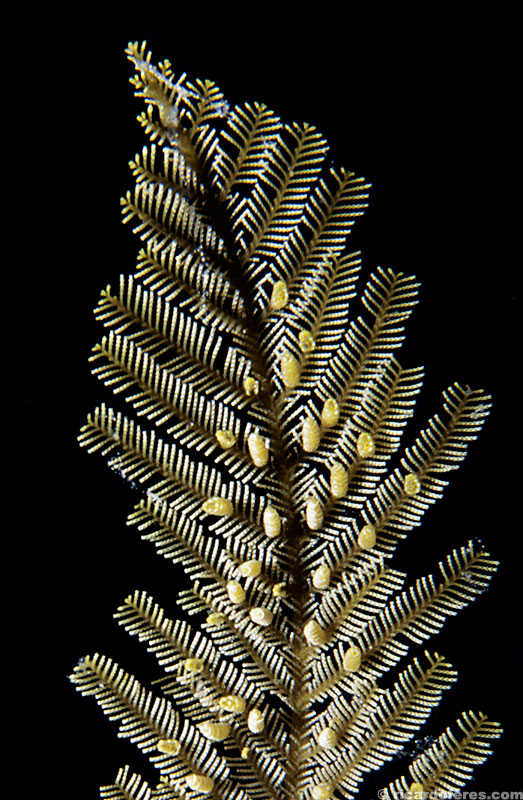
Night dives on Myrmidon Reef offer excellent options for macro photography, such as this hydrozoan
